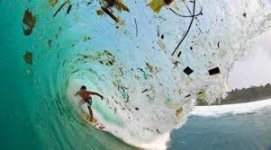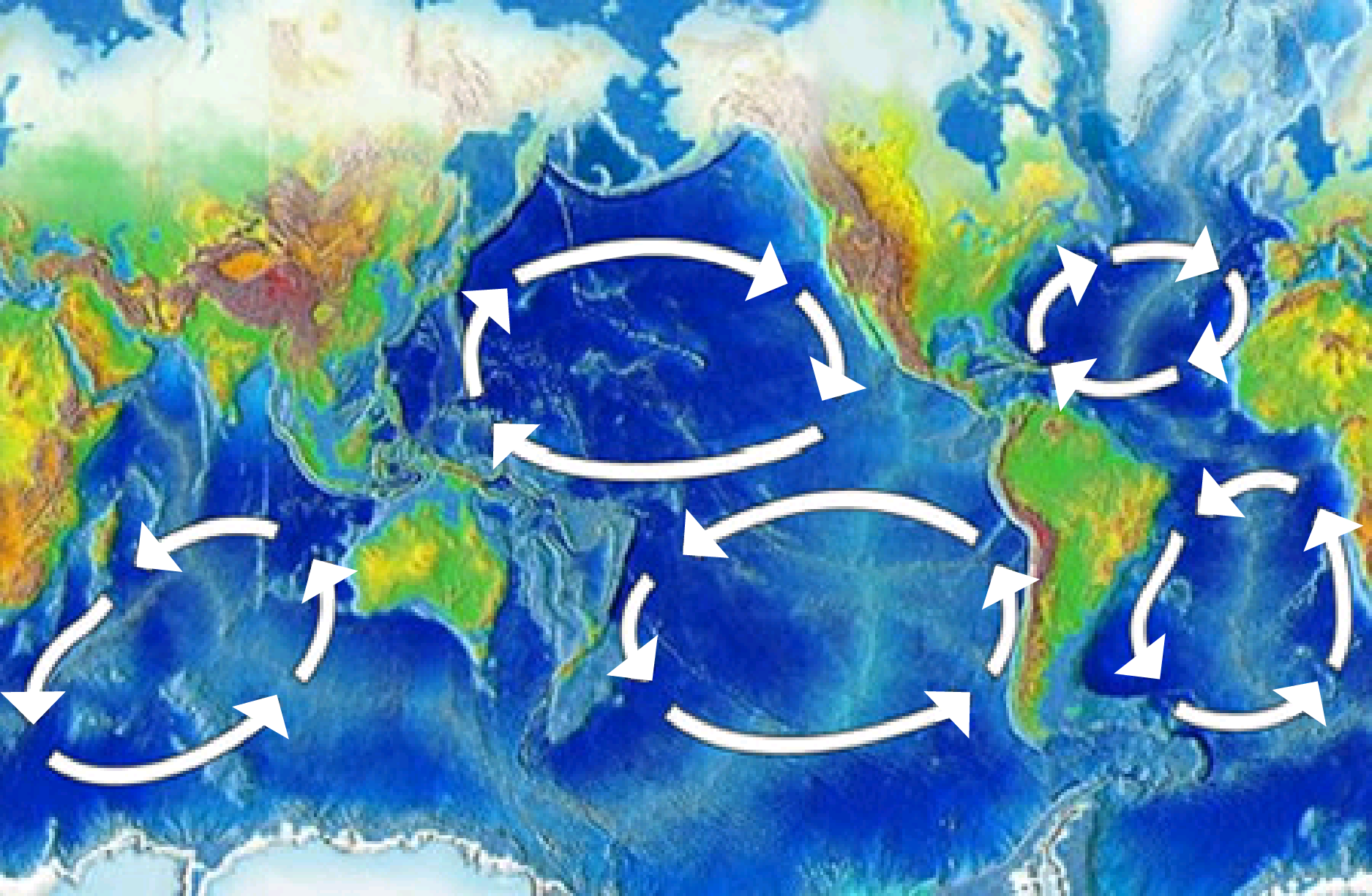http://www.nps.gov/yell/naturescience/volcanoqa.htm
Yellowstone Volcano Questions & Answers
Q: How imminent is an eruption of the Yellowstone Volcano?
A: There is no evidence that a catastrophic eruption at Yellowstone National Park (YNP) is imminent. Current geologic activity at Yellowstone has remained relatively constant since earth scientists first started monitoring some 30 years ago. Though another caldera-forming eruption is theoretically possible, it is very unlikely to occur in the next thousand or even 10,000 years.
The most likely activity would be lava flows such as those that occurred after the last major eruption. Such a lava flow would ooze slowly over months and years, allowing plenty of time for park managers to evaluate the situation and protect people. No scientific evidence indicates such a lava flow will occur soon.
Q: How much advance notice would there be of an eruption?
A: The science of forecasting a volcanic eruption has significantly advanced over the past 25 years. Most scientists think that the buildup preceding a catastrophic eruption would be detectable for weeks and perhaps months to years. Precursors to volcanic eruptions include strong earthquake swarms and rapid ground deformation and typically take place days to weeks before an actual eruption. Scientists at the Yellowstone Volcano Observatory* (YVO) closely monitor the Yellowstone region for such precursors. They expect that the buildup to larger eruptions would include intense precursory activity (far exceeding background levels) at multiple spots within the Yellowstone volcano. As at many caldera systems around the world, small earthquakes, ground uplift and subsidence, and gas releases at Yellowstone are commonplace events and do not reflect impending eruptions.
*The YVO is a collaborative effort between the US Geological Survey, the University of Utah, and YNP to monitor and study the Yellowstone Volcano. Congress has given the USGS the responsibility of volcano hazard assessment, and YNP assists the USGS in their volcano monitoring effort.





